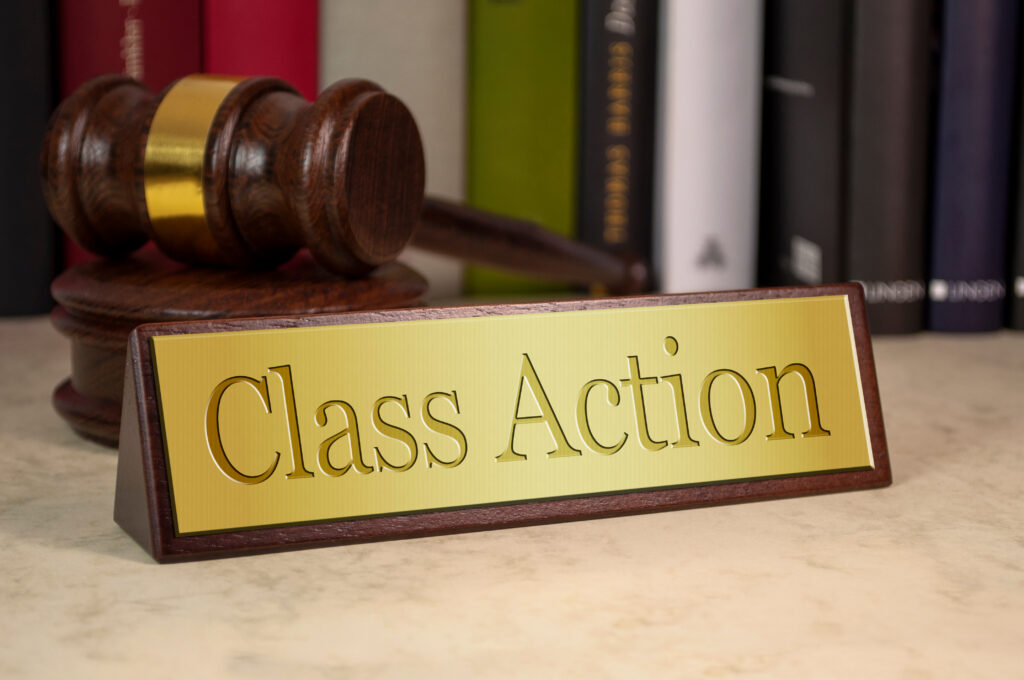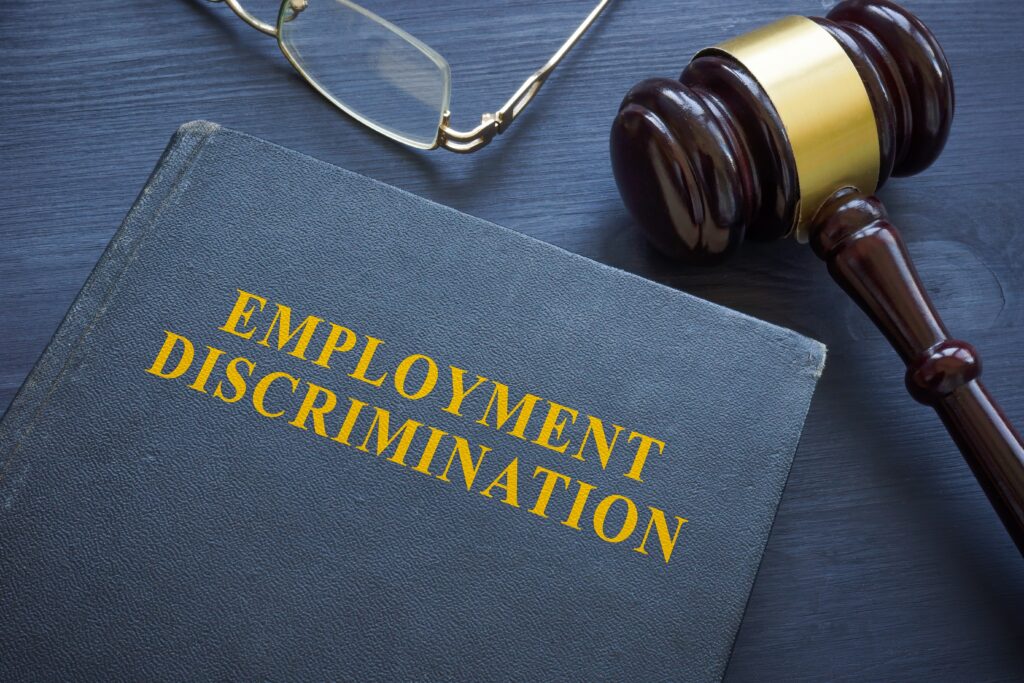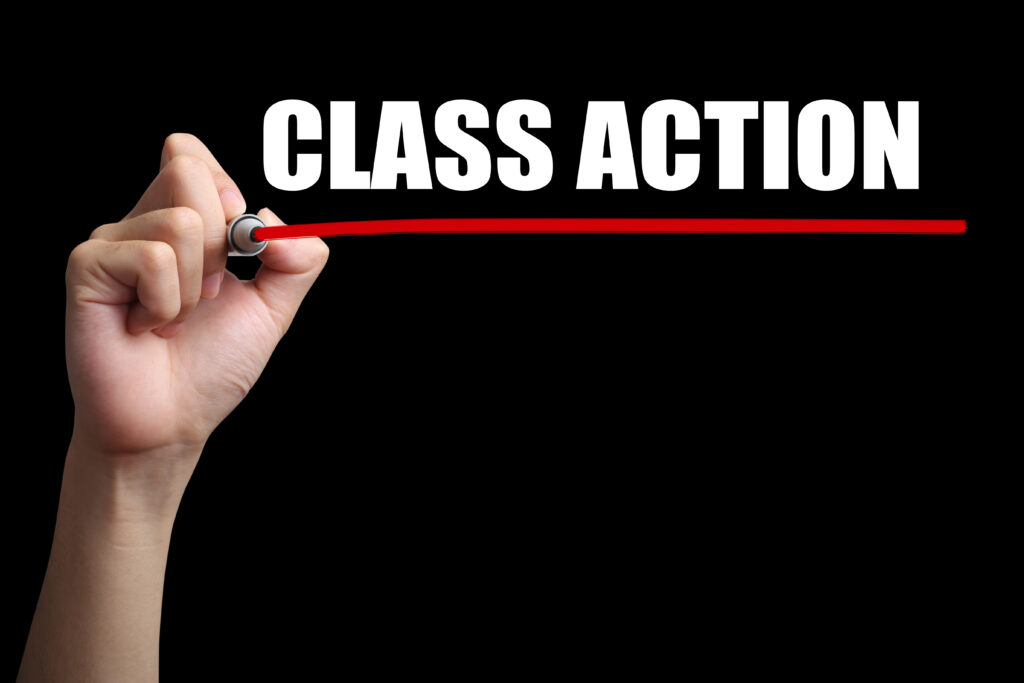
When many people suffer similar harm or losses due to a company or organization's actions, they may seek legal recourse through a group lawsuit. Class action and multidistrict litigation (MDL) are two common group lawsuit types. While both involve multiple plaintiffs seeking compensation for similar injuries or damages, there are significant differences between these two legal processes.
If you suffered an injury and believe you might have a legal case, including a possible class action, seek a free consultation with a class action injury lawyer as soon as possible.
Understanding Class Action Lawsuits
A class action lawsuit is a legal action. In a class action lawsuit, one or more plaintiffs, called class representatives, sue. They represent a larger group, the class, who faced similar harm or losses. Notably, these representatives led the lawsuit and decided for the entire class.
Key characteristics of class action lawsuits include:
Commonality
For a class action lawsuit to be certified by the court, the plaintiffs must demonstrate that their claims have common legal or factual issues. This means that the class members' experiences and damages must be similar enough to be resolved through a single legal action.
Numerosity
Lawyers typically utilize class action lawsuits when the number of potential plaintiffs is so large that filing individual lawsuits for each person is impractical or inefficient. The court must determine that the class is large enough to warrant a class action.
Typicality
The class representatives' claims must be typical of the claims of the entire class. This ensures that the representatives' interests align with those of the class members and that they will adequately represent the class in the legal proceedings.
Adequacy
The class representatives and their class action attorneys must fairly and adequately protect the class's interests. The court will evaluate factors such as the representatives' knowledge of the case, their commitment to the lawsuit, and the experience and resources of their legal counsel.
Examples of Class Action Lawsuits
Examples of class action lawsuits include:
Consumer Fraud Cases
Consumer fraud cases are a common type of class action lawsuit involving allegations of false advertising, deceptive business practices, or other fraudulent activities that harm many consumers. These cases can arise in various industries, from telecommunications and banking to healthcare and retail.
Examples of consumer fraud cases that may be suitable for class action lawsuits include:
- False advertising claims about a product's features, benefits, or effectiveness
- Hidden fees or charges that companies fail to disclose properly to consumers
- Bait-and-switch tactics that lure consumers in with low prices but then pressure them to purchase more expensive products or services
- Fraudulent or deceptive billing practices, such as unauthorized charges or automatic renewals
In a consumer fraud class action, the plaintiffs seek compensation for the financial losses they suffered due to the defendant's fraudulent activities and injunctive relief to prevent future misconduct. These cases can be complex, requiring extensive investigation and evidence-gathering to prove the extent and impact of the fraud.
Employment Discrimination Cases

Employment discrimination cases are another common type of class action lawsuit involving allegations of systemic discrimination based on protected characteristics such as race, gender, age, religion, or disability. These cases can arise in any industry or workplace, from small businesses to large corporations.
Examples of employment discrimination cases that may be suitable for class action lawsuits include:
- Hiring or promotion practices that systematically favor certain groups over others
- Pay disparities that companies fail to base on legitimate factors like experience, education, or job performance
- Hostile work environments that create pervasive and severe discrimination or harassment
- Retaliation against employees who report or oppose discriminatory practices
In an employment discrimination class action, the plaintiffs seek compensation for the harm they suffered due to the discriminatory practices and injunctive relief to prevent future discrimination and ensure equal opportunities in the workplace. These cases can be challenging, requiring extensive data analysis and professional testimony to prove the existence and impact of the discrimination.
Product Liability Cases
Product liability cases are a type of class action lawsuit that arises when a defective or dangerous product causes harm to a large number of consumers. These cases can involve any type of product, from pharmaceuticals and medical devices to automobiles and consumer goods.
Examples of product liability cases that may be suitable for class action lawsuits include:
- Defective drugs that cause serious side effects or health complications
- Faulty medical devices that malfunction or fail, leading to injuries or illnesses
- Defective automobile parts, such as airbags or brakes that cause accidents or injuries
- Dangerous consumer products, such as toys or appliances that pose a risk of fire, electric shock, or other hazards
In a product liability class action, the plaintiffs seek compensation for the injuries, medical expenses, lost income, and other damages they suffered due to the defective product. They also seek injunctive relief to remove the dangerous product from the market and prevent future harm. These complex cases require extensive scientific and medical evidence to prove the defect and its causal link to the plaintiffs' injuries. Every plaintiff needs an experienced class action lawyer on their side.
Environmental Contamination Cases
Environmental contamination cases are class action lawsuits that arise when a company or organization causes widespread pollution or environmental damage that harms many people or communities. These cases can involve any type of contamination, from oil spills and toxic waste dumping to air and water pollution.
Examples of environmental contamination cases that may be suitable for class action lawsuits include:
- Oil spills that damage coastal communities, fisheries, and wildlife habitats
- Toxic waste dumping that contaminates soil, groundwater, and residential areas
- Industrial emissions that cause air pollution and respiratory illnesses
- Agricultural runoff that pollutes rivers, lakes, and drinking water sources
In an environmental contamination class action, the plaintiffs seek compensation for the harm they suffered due to the contamination, including property damage, health effects, and loss of enjoyment of their environment. They may also seek injunctive relief to require the defendant to clean up the contamination and prevent future environmental harm. These cases can be complex, requiring extensive scientific evidence and professional testimony to prove the extent and impact of the contamination.
Understanding Multidistrict Litigation
Multidistrict litigation, or MDL, is another type of group lawsuit used when multiple plaintiffs have filed individual lawsuits against the same defendant or defendants in different federal courts across the country. MDLs streamline the legal process and promote efficiency when many similar cases are pending in different jurisdictions.
Key characteristics of MDLs include:
Centralization
In an MDL, a single federal court coordinates pretrial proceedings by transferring individual lawsuits. The Judicial Panel on Multidistrict Litigation (JPML), a special body of federal judges, selects the "transferee court" to manage pretrial proceedings for MDL cases.
Individualized Claims
Unlike class action lawsuits, the plaintiffs in an MDL retain their claims and have more control over their cases. Each plaintiff's case remains separate, but the pretrial proceedings, such as discovery and motions, are coordinated to avoid duplication and inconsistencies.
Bellwether Trials
In some MDLs, the court may select a small number of representative cases, known as "bellwether trials," to be tried first. These trials serve as test cases to help the parties gauge their arguments' strength and the claims' potential value. The outcomes of bellwether trials can inform settlement negotiations and guide the remaining cases in the MDL.
Remand
After the coordinated pretrial proceedings are complete, the individual cases are typically remanded (sent back) to their original courts for trial or resolution. However, if the parties reach a global settlement during the MDL process, the cases may conclude without the necessity of separate trials.
Examples of MDLs include:
- Pharmaceutical and medical device cases, such as those involving defective hip implants or dangerous drugs
- Mass tort cases, such as those arising from large-scale accidents or disasters
- Product liability cases, such as those involving faulty automobile parts or defective consumer goods
- Antitrust cases, such as those involving price-fixing or monopolistic practices
MDLs can be an effective way to manage complex litigation involving many plaintiffs and similar legal issues. By centralizing the pretrial proceedings, MDLs can reduce costs, minimize inconsistencies, and expedite the resolution of the cases.
Key Differences Between Class Action Lawsuits and MDLs
While class action lawsuits and MDLs share some similarities, there are several key differences between these two types of group lawsuits:
Certification
Class action lawsuits must be certified by the court, which involves demonstrating that the plaintiffs meet the requirements of commonality, numerosity, typicality, and adequacy. MDLs do not necessitate certification, as they keep cases separate and transfer them to a single court for pretrial proceedings.
Representation
In a class action lawsuit, the class representatives and their class action attorneys make decisions and present arguments for the entire class. In an MDL, each plaintiff retains control over their case and can decide their legal strategy and representation.
Resolution
If a class action lawsuit succeeds, the court approves an allocation plan to distribute the compensation among the class members. In an MDL, each plaintiff's case is resolved separately through an individual settlement, trial, or dismissal.
Opt-Out Rights
In a class action lawsuit, class members typically have the right to opt out of the lawsuit if they wish to pursue their claims. In an MDL, the plaintiffs have already filed their lawsuits, so there is no need for an opt-out process.
Advantages and Disadvantages of Class Action Lawsuits and MDLs
Both class action lawsuits and MDLs have advantages and disadvantages, depending on the case's specific circumstances and the plaintiffs' goals.
Advantages of Class Action Lawsuits
- Efficiency: Class action lawsuits allow many similar claims to be resolved through a single legal action, reducing the burden on the court system and lowering costs for plaintiffs.
- Access to Justice: Class actions allow plaintiffs with small individual claims to seek compensation collectively, making pursuing legal action against large corporations or organizations more feasible.
- Consistency: Class actions ensure that similarly situated plaintiffs receive consistent treatment and outcomes by resolving all claims through a single lawsuit.
Disadvantages of Class Action Lawsuits
- Lack of Control: Class members have limited control over the legal strategy and decision-making in a class action, as the class representatives and their class action lawyers take the lead.
- Reduced Compensation: Because many class members must share any settlement or award, individual plaintiffs may receive less compensation than in an individual lawsuit.
- Complexity: Class action lawsuits can be complex and time-consuming, requiring extensive documentation and communication with class members.
Advantages of MDLs
- Efficiency: MDLs streamline the pretrial process by centralizing proceedings and reducing duplication of efforts across multiple cases.
- Consistency: Coordinated pretrial proceedings ensure that similar legal issues are addressed consistently across all cases in the MDL.
- Individual Control: Plaintiffs in an MDL retain control over their cases and can decide their legal strategy and representation.
Disadvantages of MDLs
- Complexity: MDLs can be complex and time-consuming, requiring coordination among many parties and legal teams.
- Lengthy Process: The centralized pretrial proceedings in an MDL can take years to complete, delaying the resolution of individual cases.
- Varying Outcomes: In an MDL, because each case receives separate decisions, plaintiffs may receive different outcomes or compensation amounts based on their cases' specific circumstances.
Choosing Between a Class Action Lawsuit and an MDL

Deciding whether to pursue a class action lawsuit or an MDL depends on several factors, including:
- The nature and scope of the harm or losses suffered by the plaintiffs
- The number of potential plaintiffs and the similarity of their claims
- The goals and preferences of the individual plaintiffs
- The legal strategy and resources of the defendants
- The applicable laws and precedents in the relevant jurisdictions
An experienced class action attorney can help evaluate your situation and advise you on the most appropriate type of group lawsuit for your needs. They can also guide you through joining or initiating a class action or MDL and represent your interests throughout the legal proceedings.
Contact a Qualified Class Action Injury Lawyer Today
If your case may be appropriate for a class action lawsuit or an MDL, don't hesitate to contact a qualified class action attorney for guidance and support. With the right legal team, you can take a stand against wrongdoing and seek justice for yourself and others who have suffered similar harm. A knowledgeable injury lawyer can assess your situation, explain your legal options, and guide you through the complex legal process.